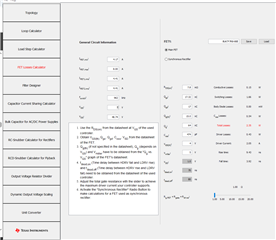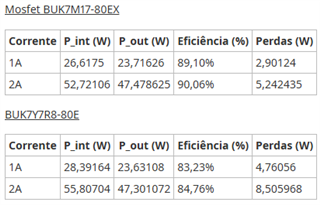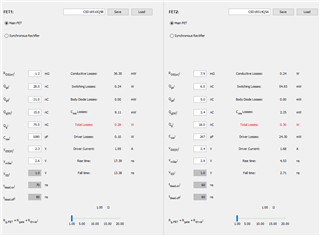Other Parts Discussed in Thread: LM5156
Tool/software:
Hello!
I need some help to troubleshoot this SEPIC converter on my project.
The goal was to design a power supply with the basic specs below:
Vin => 8V ~ 48V, 24V nominal
Vout => 24V
Iload => 3A max
Using both WEBENCH and the spreadsheet SNVR481 we came up with the design below:
Please note that the value for R86 is wrong. It should be 3.3k instead of 33k. Also, R75 is unmounted.
The converter works and regulates under load, although with only 1A, the MOSFET reach up to 100ºC in 5 minutes.
We captured some pictures to try to figure out the issue.
Yellow: Gate Voltage
Purple: Source Voltage
Blue: Drain Voltage
Green: Diode Anode
0A Load:
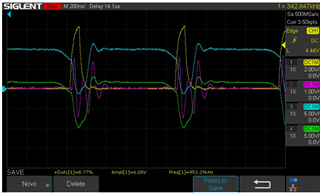
2A load:
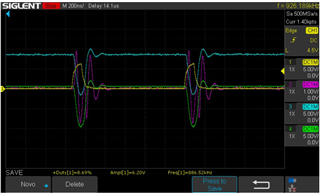
I'm really confused. Since these images were captured with 24V on the input and on the output, I was expecting to see around 50% duty cycle. What could be the cause for this low duty cycle? I checked and the on time is close to the minimal on this switching frequency.
Also, the gate curve does not look good. It looks quite slow. Can it be the reason for the MOSFET dissipating too much power?



